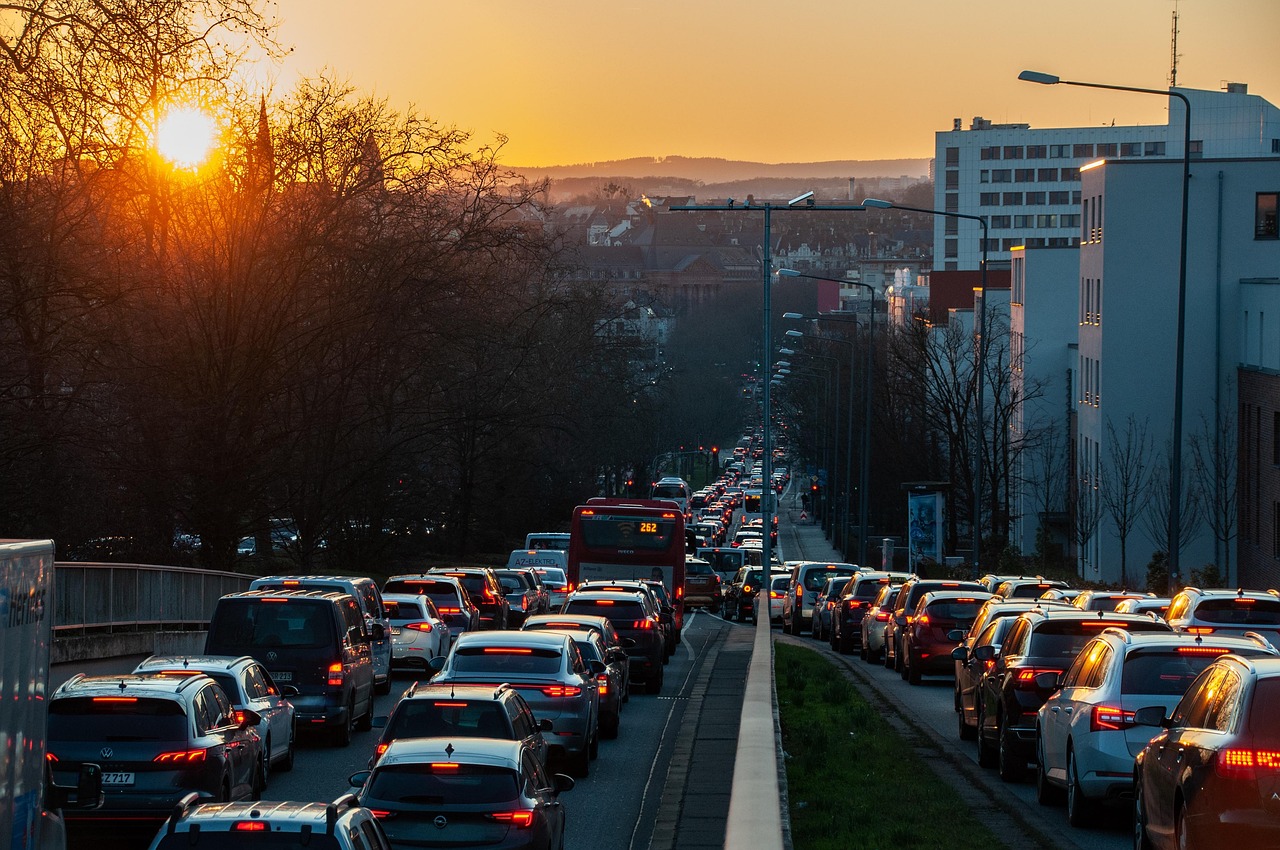How can cities plan roads without really knowing how vehicles move?
From signal timing to road expansion, every traffic decision depends on one key variable:vehicle flow. But traditional sensors like inductive loops or cameras often fall short—especially inlow visibility, poor weather, or complex intersections.
That’s wheremillimeter-wave (mmWave) radarsteps in.
Why Vehicle Flow Analysis Matters
Vehicle flow analysis is the backbone ofsmart traffic systems. By understanding how many vehicles pass through a zone, in what direction, and at what speed, urban planners can:
-
Reduce congestion
-
Adjust traffic light timing
-
Identify peak hours and flow anomalies
-
Improve pedestrian and cyclist safety
-
Plan future infrastructure more efficiently
But to achieve this, cities need sensors that areaccurate, continuous, and weather-independent.
The Case for mmWave Radar in Traffic Flow Monitoring
1.All-Weather, 24/7 Performance
Unlike cameras or lidar, mmWave radar isn't impacted byfog, rain, snow, or glare. Whether it's night or day, it tracks vehicles reliably.
2.Wide Coverage with High Resolution
A single radar unit can covermultiple lanes, detecting up to128 moving targetssimultaneously—capturing their speed, direction, and location with centimeter-level accuracy.
3.Low Maintenance, Long Life
Radar devices are less prone to dirt, lens fogging, or sun exposure issues, making them ideal forlong-term deployment in outdoor infrastructure.
4.Privacy by Design
Radar captures movement, not faces or license plates—making it aprivacy-compliant solutionfor public space monitoring.
Real-World Applications: What Radar Sees
Here’s what a properly installed mmWave traffic radar can deliver:
| Detection Output | Use Case Example |
|---|---|
| Vehicle count & type | Monitor heavy vehicle ratios at bottlenecks |
| Speed & acceleration | Trigger speeding alerts at school zones |
| Direction of movement | Detect illegal U-turns or wrong-way driving |
| Queue length estimation | Optimize signal timing at rush hours |
Linpowave’s Approach to Flow Analysis
Our radar systems atLinpowaveare engineered specifically for traffic infrastructure. We offer:
-
Dual-lane to multi-lane support, with a range of up to 100+ meters
-
Flexible mounting options(pole, gantry, roadside)
-
Open SDKs and real-time data APIsfor integration with ITS platforms
-
Edge AI capabilitiesfor on-device pre-processing
Whether you're managing an intersection, toll station, or smart highway project, our mmWave radar is built to deliver high-fidelity data continuously and cost-effectively.
Looking Ahead
As urban areas expand, the pressure on road systems increases. With mmWave radar, cities can finally gaina high-resolution, weatherproof windowinto how traffic really flows—paving the way for safer, more efficient roads.
FAQ: Vehicle Flow Monitoring with Radar
Q: What’s the detection accuracy of mmWave radar?
A: Linpowave’s radar modules offer speed detection within ±0.2 m/s and positional accuracy within ±15 cm, even in multi-lane environments.
Q: Can radar differentiate between cars, trucks, and motorcycles?
A: Yes. Using reflected signal patterns and Doppler characteristics, the radar can classify basic vehicle types.
Q: How is this different from inductive loops or cameras?
A: Radar doesn’t require road excavation like loops and performs reliably in all weather conditions—unlike cameras.
Q: Can I integrate radar data into an existing traffic management system?
A: Yes. Linpowave provides standard API access and supports real-time data output via Ethernet/RS485/CAN.
Q: Is this suitable for temporary event traffic control?
A: Absolutely. Our radars support quick deployment and can be solar-powered for off-grid sites.
Learn More
Want to see what real-time traffic data looks like?
Request a live demo orexplore our TrafficRadar Series formore details.



